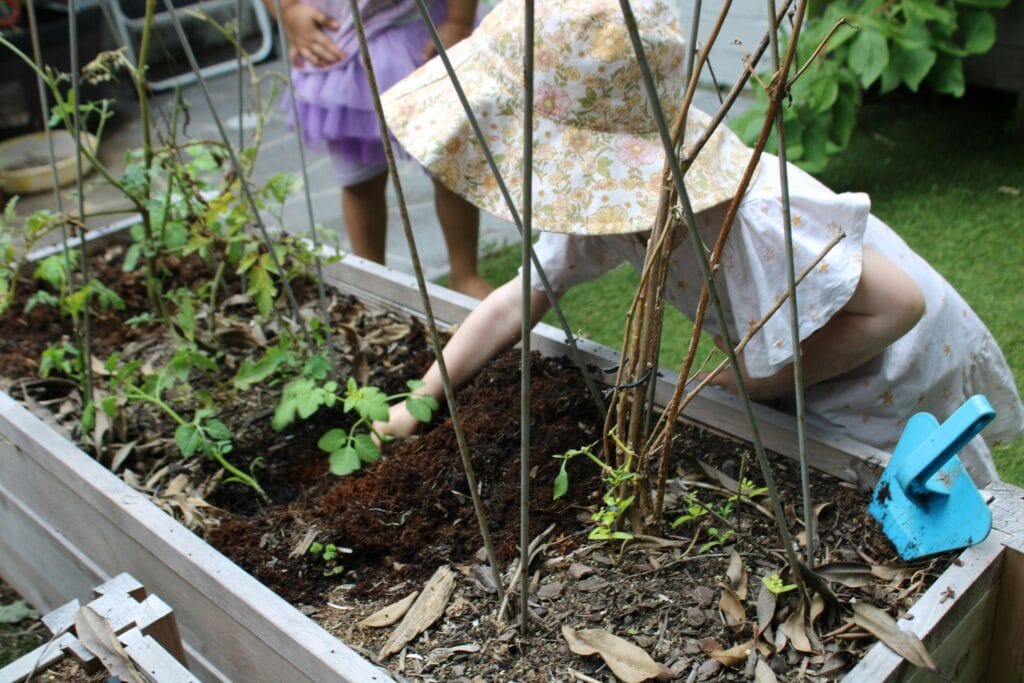Gardeners are rethinking how to care for their gardens in more eco-friendly ways. The good news is, you don’t need a complete overhaul to make a difference. One simple solution is using waste-reducing soil covers. Switching to the right mulch or ground cover can improve soil health, reduce your carbon footprint, and give your garden a neat look.
Let’s check out some great options and how to start using them without spending too much or harming the environment!
What Are Waste-Reducing Soil Covers?
Soil covers, often referred to as mulch, are materials spread over the surface of your soil. They help regulate moisture, reduce weed growth, and prevent erosion. Waste-reducing soil covers take it a step further—they’re made from materials that would otherwise end up in a landfill or can break down naturally without causing harm to the environment.
Think of it as a win-win: your garden thrives, and you reduce your environmental impact at the same time.

Why Your Garden Needs a Soil Cover Makeover?
You might already be using mulch, but not all mulches are created equal. Many synthetic options like rubber mulch or dyed wood chips can leach chemicals into your soil or contribute to microplastic pollution. Switching to natural or recycled materials helps build healthier soil ecosystems and aligns your gardening habits with a more sustainable lifestyle.
Here’s what happens when you use the right soil covers:
- Moisture stays in the soil longer, meaning less watering
- Fewer weeds sprout, so less time spent pulling them
- Soil stays cooler in summer and warmer in winter
- Organic matter breaks down and enriches the soil
It’s like giving your soil a protective blanket that also feeds it over time.
5 Waste-Reducing Soil Covers That Actually Work
Ready to make the switch? Here are five eco-friendly mulch options that reduce waste and improve your garden’s health:
1. Compost Mulch
Using compost as mulch is one of the most sustainable things you can do. It turns kitchen scraps and yard waste into nutrient-rich soil cover. Spread a layer around your plants and enjoy the dual benefit of moisture retention and soil enrichment. It’s a great way to recycle what would otherwise be trash.
2. Shredded Leaves
Don’t bag those fall leaves—shred them and use them as mulch! Shredded leaves break down relatively quickly and provide carbon-rich organic matter. They also offer insulation during colder months and suppress weeds effectively.
3. Grass Clippings
If you mow your lawn regularly, you’ve got free mulch right under your nose. Dried grass clippings are rich in nitrogen and break down quickly, feeding your plants as they go. Just be careful not to pile them on too thick, or you’ll end up with a slimy mess instead of a healthy cover.
4. Bark and Wood Chips
For a longer-lasting solution, consider bark mulch or wood chips sourced from tree trimmings or reclaimed wood. These take longer to break down and are great for paths and decorative borders. Just make sure you’re sourcing them from a sustainable Connecticut mulch supplier so you know they haven’t been treated with harmful chemicals.
5. Straw or Hay
Clean straw (not hay loaded with seeds) is a favorite among vegetable gardeners. It’s light, easy to spread, and decomposes nicely by the end of the season. Plus, it keeps fruits like strawberries and tomatoes off the dirt, reducing the risk of rot.
How to Apply Mulch in a Smart Way?
If you want your mulch to actually work for you, it’s all about how you lay it down. Start by clearing the area. Pull up any weeds, old mulch, or debris so you’ve got a clean surface to work with. When you’re ready to spread, don’t go overboard. A layer about two to three inches thick is just right. Any more than that, and you risk suffocating your soil or holding in too much moisture.
Make sure to keep the mulch a little bit away from plant stems and tree trunks. Pressing it right up against them can lead to rot or pest problems, so give them a little breathing room. And since organic mulch breaks down over time, that’s your cue to top it off now and then. A seasonal refresh will keep your soil healthy and all the benefits flowing, like fewer weeds, better moisture retention, and happier plants.
It might seem like a small gardening step, but laying mulch the right way sets your landscape up for long-term success.
Sourcing Sustainable Mulch Locally
A great way to maintain an eco-friendly garden is by purchasing from local suppliers. Choosing a trustworthy mulch supplier means your mulch isn’t transported from far away, which helps reduce emissions and supports local businesses.
Many of these suppliers provide bulk delivery and environmentally responsible options such as untreated bark, compost mixes, and recycled materials. If you’re not sure where to begin, consider reaching out to a few suppliers to inquire about their most sustainable products.
Small Change, Big Impact
The great thing about adopting waste-reducing soil covers is that it’s a simple adjustment with tremendous benefits. You’ll enjoy healthier plants, improved soil quality, reduced waste, and a sense of satisfaction. Making a positive impact in your garden and the environment doesn’t require expensive tools or a large investment.
So, the next time you’re tending to your yard, consider the condition of your soil. Does it need some extra care? Perhaps it’s time to refresh it with a new layer of mulch and give your garden a fresh start.